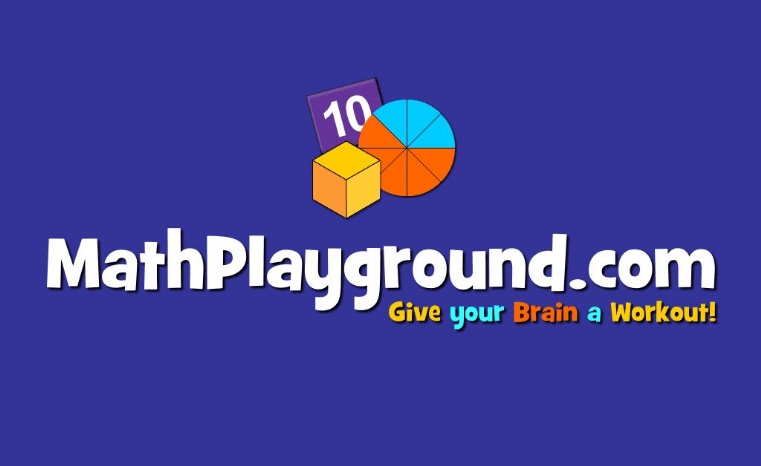Table of Contents
Introduction
In the realm of education, the concept of a “math playground” has emerged as a dynamic and engaging environment where students can explore mathematical concepts, develop problem-solving skills, and cultivate a love for learning.
Understanding the Math Playground
At its core, the math playground serves as a versatile platform for mathematical exploration and discovery. It goes beyond traditional classroom instruction, providing students with opportunities to engage with mathematical concepts in a playful and interactive manner.
Key Features of the Math Playground
Interactive Games and Activities
One of the hallmarks of the math playground is its collection of interactive games and activities designed to reinforce mathematical concepts and skills.
Problem-Solving Challenges
The math playground presents students with a variety of problem-solving challenges that require them to apply their mathematical knowledge in real-world contexts.
Exploratory Learning Environments
In the math playground, students are encouraged to explore, experiment, and make connections between mathematical concepts and the world around them.
Multi-Sensory Approaches
Recognizing that students learn in different ways, the math playground incorporates multi-sensory approaches to instruction, catering to diverse learning styles and preferences.
Benefits of the Math Playground
Engagement and Motivation
By infusing playfulness and interactivity into mathematics education, the math playground captivates students’ interest and fosters intrinsic motivation to learn.
Conceptual Understanding
The math playground promotes deep conceptual understanding of mathematical concepts by providing students with concrete experiences and multiple representations.
Critical Thinking and Problem-Solving Skills
Through the exploration of challenging problems and puzzles, the math playground cultivates students’ critical thinking, reasoning, and problem-solving skills.
Collaboration and Communication
The math playground encourages collaboration and communication among students as they work together to solve problems, share strategies, and justify their reasoning.
Strategies for Effective Implementation
Integration with Curriculum
The math playground should be seamlessly integrated with the existing curriculum, aligning with learning objectives and standards to ensure relevance and coherence.
Differentiation and Personalization
Recognizing that students have varied interests, abilities, and learning styles, educators should provide opportunities for differentiation and personalization within the math playground.
Assessment and Feedback
Assessment in the math playground should focus on formative feedback and ongoing reflection rather than summative evaluation.
Promotion of Mathematical Mindsets
The math playground serves as a vehicle for promoting positive mathematical mindsets by fostering a culture of curiosity, resilience, and growth.
Conclusion
The math playground represents a paradigm shift in mathematics education, transforming the traditional classroom into a vibrant and dynamic learning environment where curiosity thrives, challenges are embraced, and learning is celebrated.
For More Information Please Visit These Websites Viprow And Vecteezy

